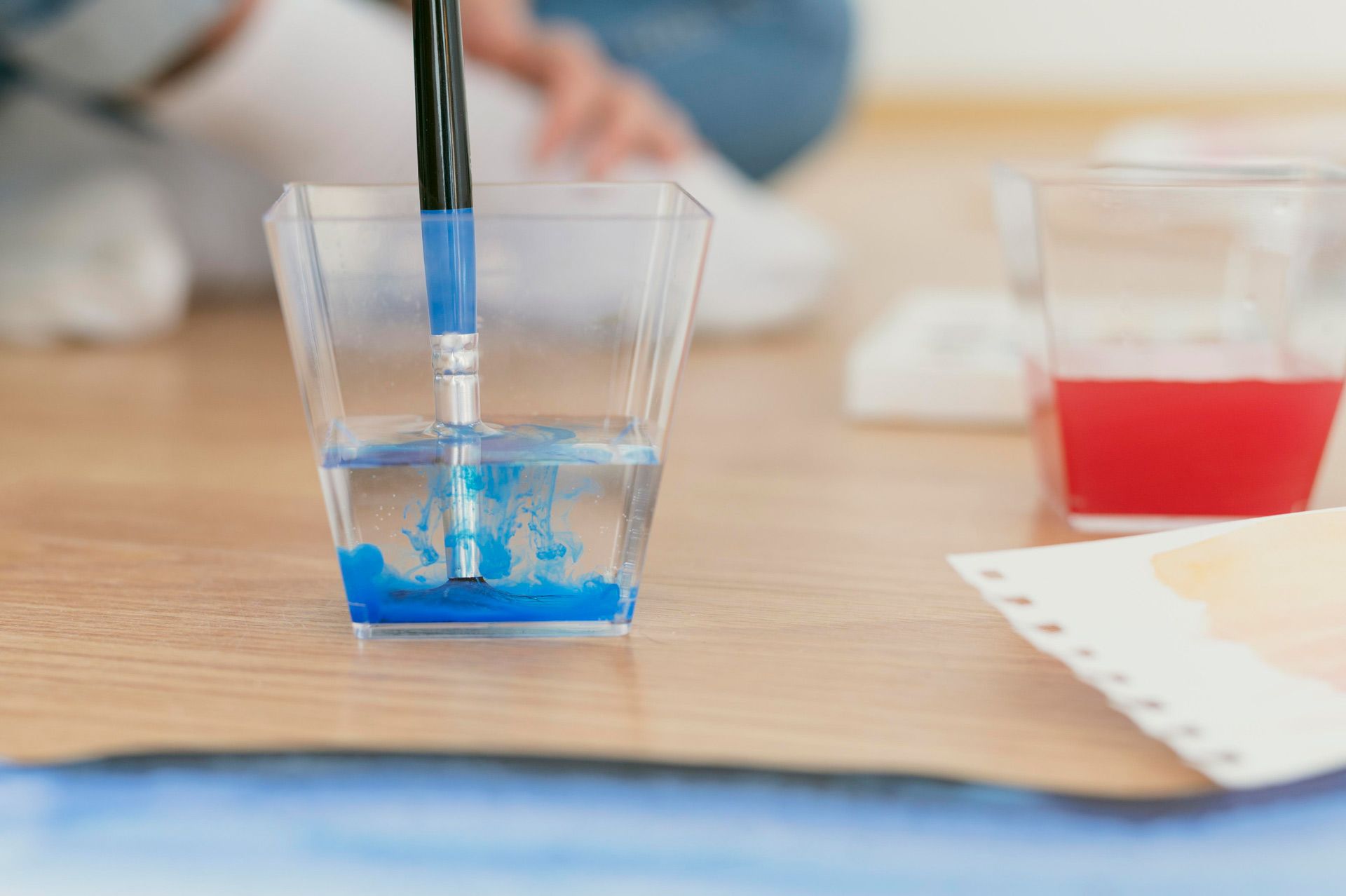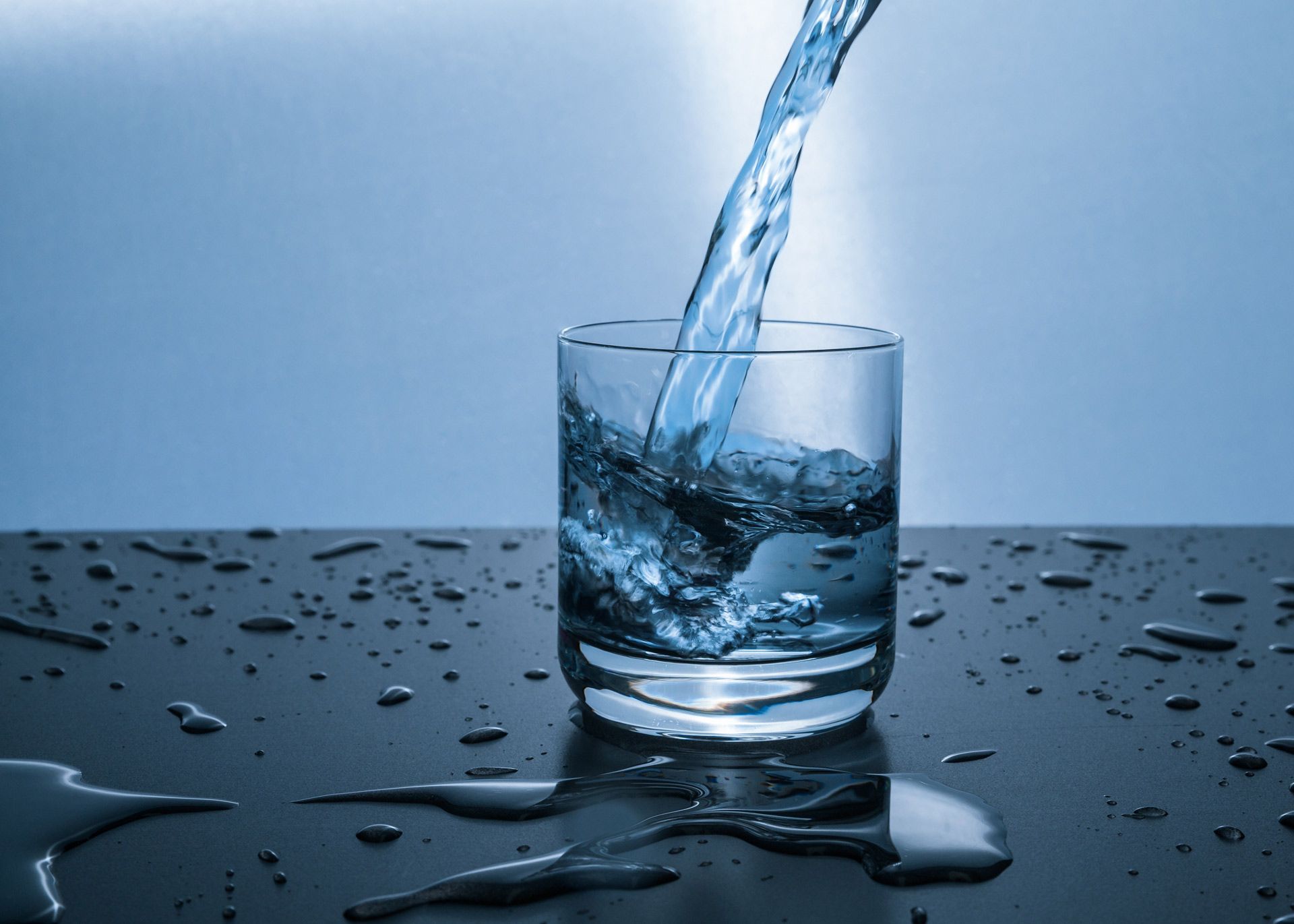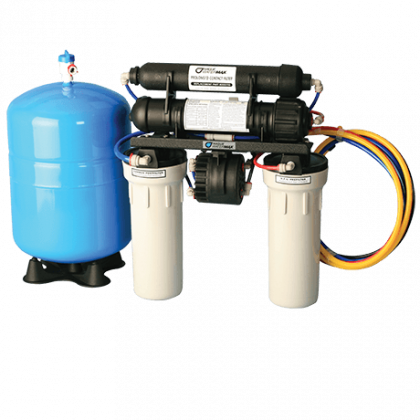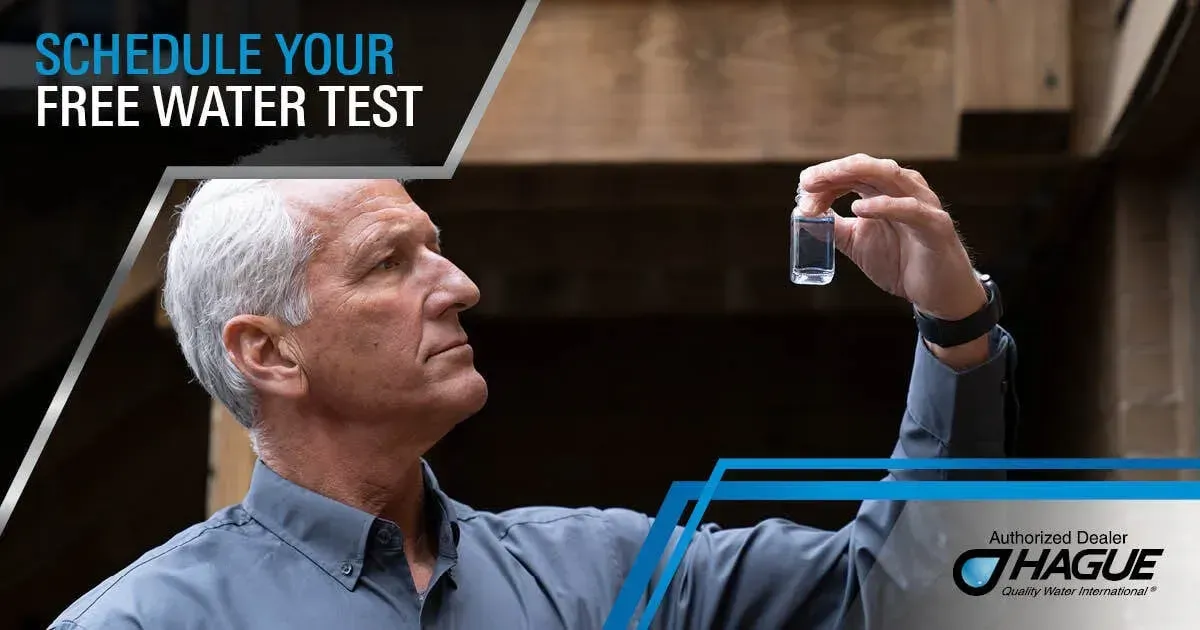How Iron Filtration Improves Water Quality in Greenfield Homes
September 15, 2025
Introduction
Imagine turning on your kitchen faucet and noticing brownish stains around the edge of the sink, or seeing reddish-orange marks in your bathtub after washing. Maybe your clothes come out of the washer with faint orange streaks, or your water has a metallic tang that's hard to ignore.
These are common issues in homes with elevated iron in the water—and many Greenfield residents are surprised to learn how much iron affects not just aesthetics, but plumbing, appliance lifespan, and overall water quality.
In this article, we’ll explain what iron in water means, how iron filtration works, the benefits Greenfield homeowners can expect, how to choose the right system, and how a trusted water treatment company can help you enjoy clearer, cleaner water at every tap.
What is Iron in Water & How Iron Filtration Works
Iron often enters water through natural sources such as rock and soil or from corroded pipes. In Greenfield’s area, many homes with wells or older plumbing systems may have measurable iron content.
There are different forms of iron found in water:
- Ferrous iron – dissolved, clear water that later oxidizes into rust-colored water.
- Ferric iron – visible rust particles that can cause cloudy water
- Iron bacteria – slimy, discolored biofilms that form in plumbing.
Common Effects When Iron Isn’t Removed
Before considering a solution, it helps to know why iron should be treated. High levels of iron can cause:
- Orange and brown stains on sinks, toilets, tubs, and laundry.
- Metallic taste or odor that makes drinking water unpleasant.
- Cloudy water or particles that settle in glasses or appliances.
- Buildup inside pipes and reduced water pressure.
- Shortened lifespan of water heaters, dishwashers, and washing machines.
How Iron Filtration Works
Iron filtration systems remove iron through a combination of processes. Here are some of the most common methods:
- Mechanical or sediment filters – trap rust particles, great as a first stage.
- Aeration plus filtration – expose dissolved iron to air to oxidize it, then filter it out.
- Chemical oxidation and media filters – use oxidants and specialized media for homes with higher iron concentrations.
- Ion exchange (softener-style) – exchange iron ions with sodium or potassium; best for homes with lower iron and hard water.
- Reverse osmosis (RO) – typically for drinking water taps, not whole-house use.
What to Test Before Choosing a System
To select the right iron filtration system, start with a professional water test. This should measure iron concentration, type of iron, water hardness, pH, and other possible contaminants like manganese or sulfur. Knowing these numbers helps ensure the right solution is installed.
How to Choose the Right Iron Filtration for Greenfield Homes
Selecting an iron filtration system can feel complicated, but following a clear process makes it easier. Here’s a step-by-step guide:
- Get a professional water test
Start with accurate numbers for iron level, hardness, and other minerals. - Evaluate severity and goals
Decide if the goal is to stop staining, improve taste, or protect plumbing—or all three. - Compare filtration technologies
Match the type of system to your water’s specific iron type and concentration. - Assess cost and maintenance
Weigh installation cost against savings from fewer plumbing repairs and cleaner fixtures. - Choose a reputable provider
Work with a local professional who can recommend the right system, install it properly, and service it over time. - Install and verify performance
After installation, have the water retested to confirm that iron levels are reduced. - Schedule regular maintenance
Keep filters and media in good shape through routine checks and replacements.
Frequently Asked Questions
Here are answers to some of the most common questions Greenfield homeowners ask about iron filtration.
How can I tell if there is iron in my water?
Look for reddish-orange stains in sinks, tubs, or on laundry, notice a metallic taste, or test your water for iron levels above 0.3 mg/L.
Is iron bad for health?
Iron is generally not harmful at low levels but can affect taste and appearance. Water testing helps confirm there are no other contaminants present.
Can a water softener alone remove iron?
Some water softeners can remove small amounts of dissolved iron, but dedicated iron filters are usually required for moderate or heavy iron levels.
How much does an iron filtration system cost in Greenfield or Franklin?
Costs depend on the system type, water test results, and installation needs. Whole-house systems are an investment but can save money long-term.
How often do iron filters need maintenance?
Maintenance depends on water usage and iron level, but filters usually need cleaning or backwashing and periodic inspections each year.
Conclusion
Iron in water might seem like a small annoyance, but over time it can stain fixtures, ruin laundry, and damage plumbing and appliances. For many Greenfield homes, installing a proper iron filtration system is one of the best ways to ensure cleaner, safer, and better-tasting water.
If you’re seeing stains, tasting metal in your water, or just want peace of mind, schedule a professional water test and explore your iron filtration options. A local water treatment company can help you select the right solution and keep your system running for years to come.











